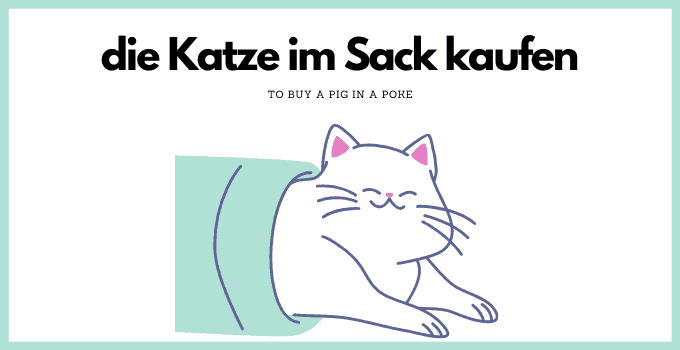BY BILLIE DUMALIANG
In the heart of the Philippines, a country celebrated for its staggering biodiversity, an activity traditionally reserved for the most ardent nature enthusiasts is taking flight in the mainstream: birding.
Long perceived as a niche pastime for dedicated scientists and nature lovers, this pursuit is now capturing the imagination of a broader audience, thanks to the efforts of the Wild Bird Club of the Philippines (WBCP), talented photographers, and the pervasive influence of social media. Given the Philippines' status as a global hotspot for avian diversity, the burgeoning interest in bird watching is both a natural and exhilarating development.
Birding, or bird watching, offers a unique blend of leisure and adventure, inviting individuals to immerse themselves in nature's tranquility while engaging in a treasure hunt for the myriad bird species that grace our skies and landscapes. It is the practice of observing birds in their natural habitat as a recreational activity or a citizen science component.
ADVERTISEMENT

Birding involves identifying birds through visual observation, often with the help of binoculars or telescopes, and by listening to bird sounds. This activity can be enjoyed by people of all ages and skill levels, offering a peaceful yet exciting way to explore the outdoors and gain a deeper appreciation for biodiversity.
Avian diversity takes flight
Recently, I had the privilege of co-organizing the "Birding and Breakfast for Storytellers" event alongside the WBCP. This gathering brought together media members, artists, scientists, and young enthusiasts to highlight the avian diversity within the Masungi Georeserve despite the threat of a recently proposed wind farm project. Highlighting what we stand to lose, the event underscored the urgent need for conservation.
During our excursion, we were greeted by the majestic sights of the Rufous-bellied Eagle and Serpent Eagle. Venturing deeper into the Georeserve, we encountered the Philippine Cuckoo Dove, a species notorious for its elusive nature. Mike Lu, president of the WBCP, remarked that he has only seen it thrice during his 20 years as a birder, adding a layer of excitement to our experience. The presence of the White Eared Brown Dove, feeding merely a meter away from our group, was a testament to the sanctuary's success in creating a haven for these creatures.
Nikki Realubit, a dedicated scientist from UP Los Baños, shared insights into the behavior of birds within Masungi, highlighting the sanctuary's role in bird conservation. Multiple discoveries of the endemic Guiabero parrot nesting sites further demonstrated the results of conservation efforts. Such observations underscore the delicate balance we must maintain to ensure the survival of these species and their habitats.
Filipinos and feathers
The story of birding in the Philippines is about discovering, marveling, and conserving urgently. With 535 species of birds, 259 of which are endemic or unique to the Philippines, the country offers a unique window into the world of avian life. However, we also rank 4th globally for threatened species due to deforestation, habitat degradation, and wildlife exploitation, as stated by the BirdLife International Website.

The WBCP plays a pivotal role in this narrative, not just by organizing birding trips but by engaging communities and local governments in advocacy. Its mission is simple yet profound: to reveal the beauty and diversity of our avian friends in hopes of fostering a collective will to protect them.
The enthusiasm shown by Filipinos for birding activities illustrates a growing awareness and appreciation for our natural heritage. Thankfully, the club’s events typically get fully booked within 24 hours of posting, as noted by Lu. He also shared that participants from Tarlac and Pangasinan attended their recent birding activity in Parañaque. This shows that birding is a growing movement that transcends age, profession, and background, uniting us in our shared admiration for nature's marvels.

In embracing birding, Filipinos are not just adopting a new hobby; they are participating in a vital act of conservation. It's an invitation to stand on the wings of love to safeguard our environmental treasures for generations to come. As we look at the sky, let us also remember the responsibility that lies in our hands — to protect, preserve, and cherish the winged wonders that share our world.
.jpg)











.jpg)

